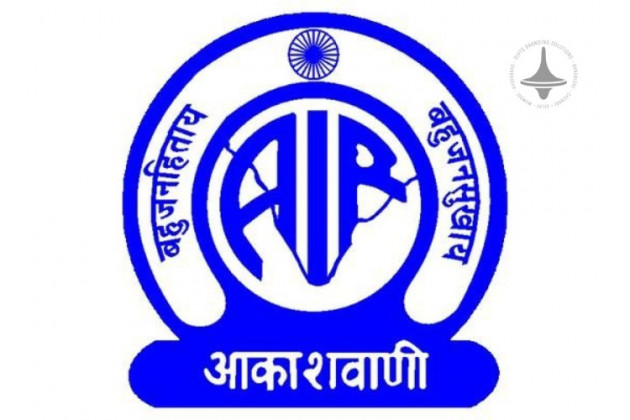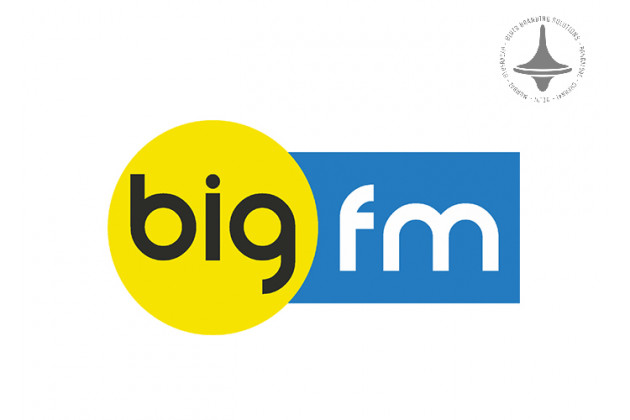Brands | Investing More | Stadium Advertising | Digital Marketing

In today’s competitive marketing landscape, brands are constantly seeking innovative ways to capture consumer attention and enhance brand awareness. One strategy that has been gaining significant traction is stadium advertising. Whether it’s a billboard in a packed football stadium, LED boards around a cricket ground, or digital banners during a basketball game, brands are increasingly investing in this form of advertising. But what is driving this surge in interest? Let’s explore the key reasons behind the growing investment in stadium advertising.
1. Massive Audience Reach
Stadium advertising provides brands with an unparalleled
opportunity to reach large audiences. Sports events attract thousands of live
spectators and millions of viewers tuning in via television and digital
streaming platforms. This vast exposure ensures that brands gain visibility
among diverse demographics, increasing their potential customer base.
2. High Engagement and Recall
Unlike traditional advertisements that can be skipped or
ignored, stadium advertising benefits from a captive audience. Fans in the
stadium and viewers at home are highly engaged with the game, making them more
likely to notice and remember advertisements. The immersive experience of live
sports enhances brand recall, making it a valuable marketing channel.
3. Association with Passion and Loyalty
Sports fans are known for their deep passion and loyalty
toward their teams. By aligning with popular teams or leagues, brands can tap
into this emotional connection, creating positive brand associations. A brand
that sponsors a team or appears prominently during a match benefits from the
goodwill and enthusiasm of the fans, leading to increased trust and customer
preference.
4. Multi-Channel Exposure
Stadium advertising extends beyond the physical venue. With
the rise of social media and digital broadcasting, stadium ads are frequently
captured in photos, videos, and highlight reels, leading to continued brand
exposure. This multi-channel impact ensures that advertising investments yield
prolonged returns, even after the event ends.
5. Technological Advancements in Advertising
The evolution of advertising technology has further boosted
the appeal of stadium advertising. LED displays, dynamic digital billboards,
and augmented reality (AR) integrations allow brands to create more engaging
and visually striking advertisements. These innovations make it easier for
brands to deliver customized and interactive messaging that stands out.
6. Strategic Targeting and Sponsorships
Stadium advertising enables brands to target specific
demographics effectively. A luxury brand may prefer high-profile sports like
golf or Formula 1, while a fast-food chain may focus on football or basketball.
Additionally, sponsorship deals provide exclusive branding rights, ensuring
prominent placement in stadiums and across related media coverage.
7. Long-Term Branding Benefits
While stadium advertising can be a significant investment,
the long-term branding benefits often justify the cost. Consistent exposure
during high-profile games strengthens brand identity and reinforces consumer
awareness. Over time, this increased recognition translates into higher sales
and customer loyalty.
Conclusion
The surge in stadium advertising investment is driven by its
ability to offer unparalleled visibility, strong audience engagement, and
multi-platform exposure. In a world where digital ads are becoming increasingly
skippable, stadium advertising provides a unique and impactful way for brands
to connect with consumers in an engaging, high-energy environment. As
technology continues to evolve and sports events attract ever-growing
audiences, stadium advertising will remain a powerful tool for brand marketing in
the years to come.
Elyts Advertising and Branding Solutions | www.elyts.in (India) | www.elyts.agency (UAE)






















Leave a Comment